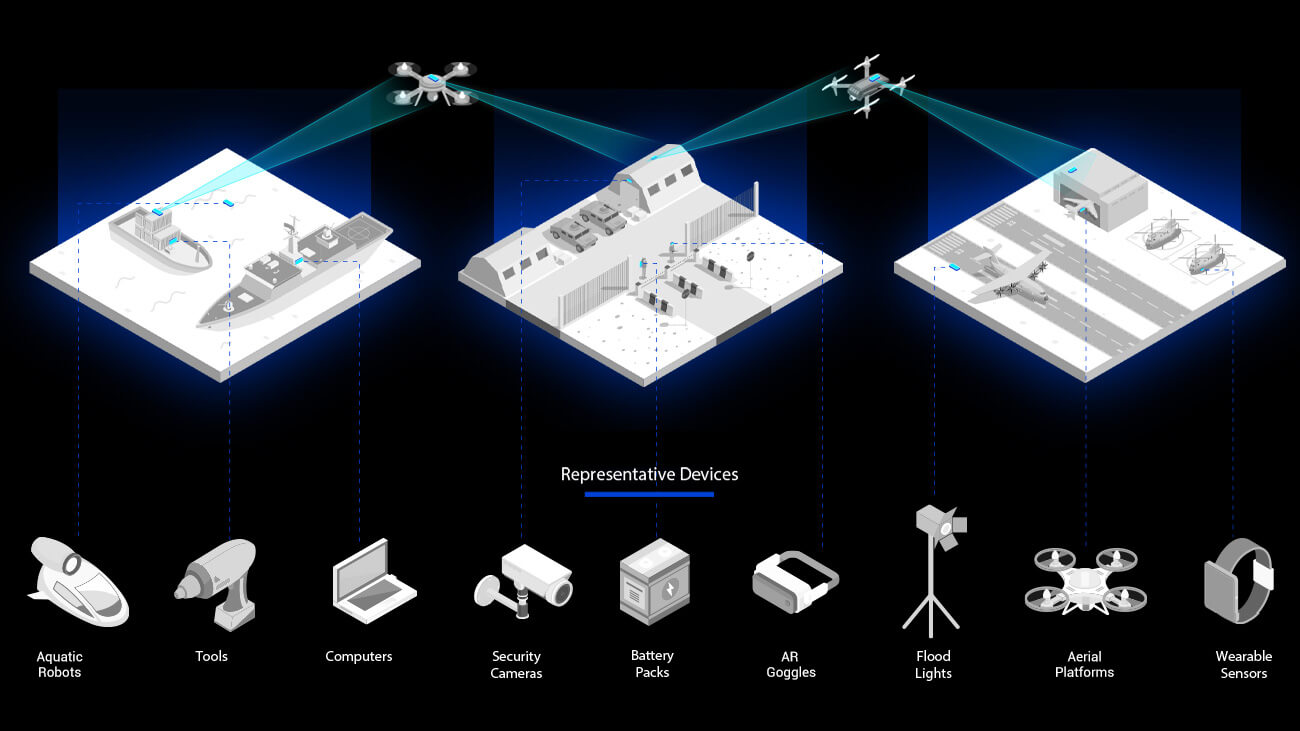
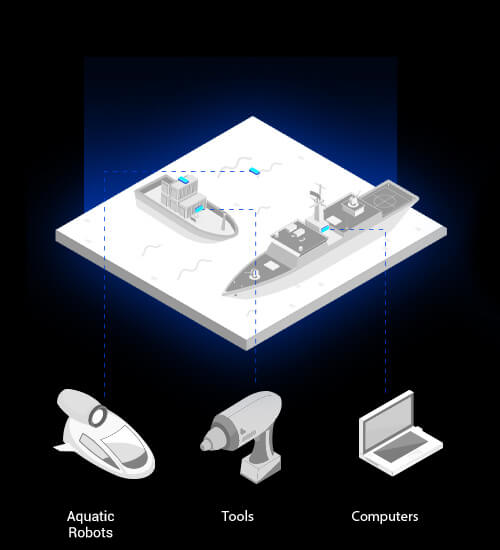
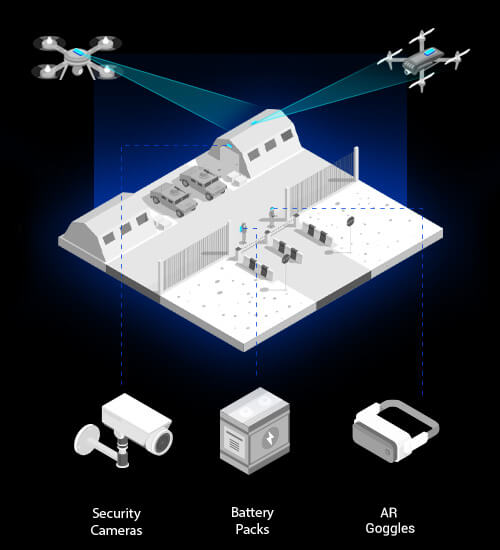
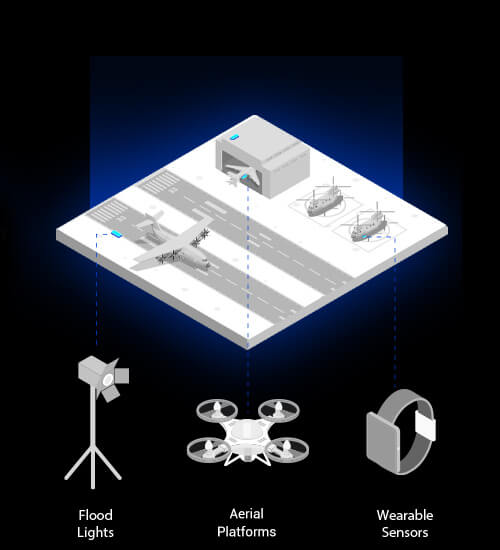
FLEXIBLE, RESILIENT WIRELESS POWER IN THE HARSHEST ENVIRONMENTS




U.S. troops are three times safer from friendly fire attacks when deployed in war zones surveyed by drones.* Wireless energy keeps critical platforms alive and working around the clock — no downtime needed.
An Army Division uses 500,000 batteries every 96 hours.* Wireless power transfer reduces cell waste, lightens soldier physical and cognitive load, and strengthens the energy supply chain.

Prospective Development
52% of all US military casualties in Iraq and Afghanistan occurred during attacks on land-based resupply missions.* Wireless power transfer technology can significantly reduce the need for fuel deliveries.
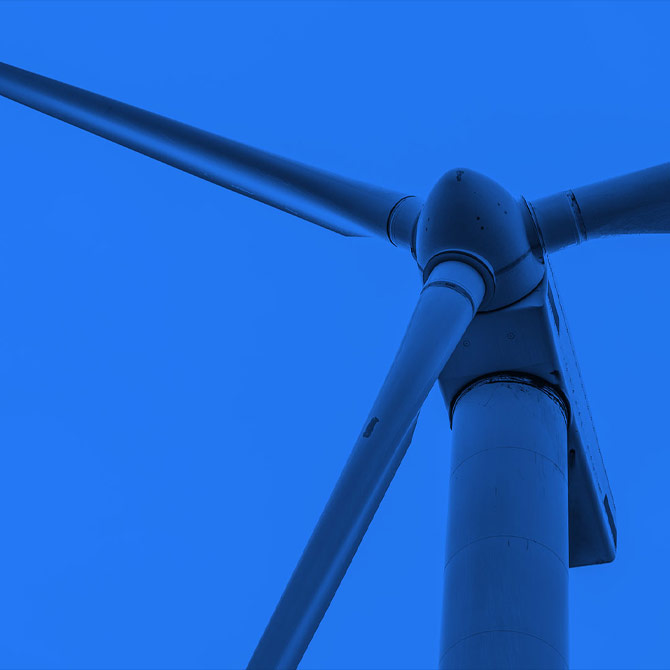
Cables that connect offshore wind farms to the shoreline can cost as much as $250 million to install and can face unforeseen costs due to constant wear. With long-range wireless power links, these pitfalls are avoided.
Electrical transmission infrastructure requires roughly $7.5 million per mile to establish across difficult terrain. In certain situations, wireless systems can deliver similar energy capacity at fractions of the cost.
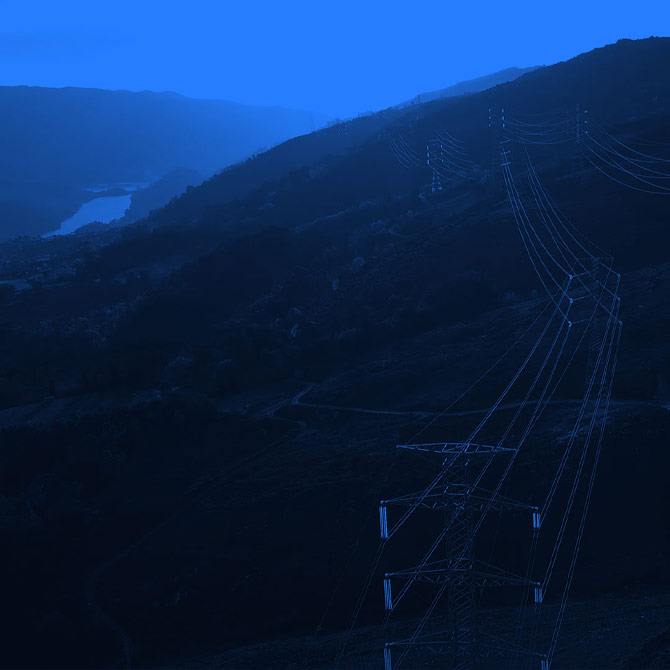

Weather-related power line failures cost the U.S. economy an average of $100 billion annually. Diesel generators, the most prevalent electrical backup sources, damage the environment and face high failure risks without continuous maintenance. Wireless distribution systems provide a clean, resilient solution to infrastructure failure.
Partners and Investors


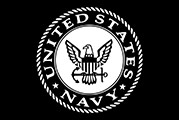




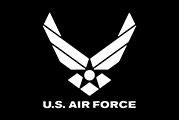









® 2024 Reach Power Inc.